This post will focus on the following topics.
- Set strong passwords
- Multi-factor authentication
- Access secure websites
- Avoid potentially dangerous emails
- Limit your details over social media
- Use the right antivirus and firewall
- Update your OS
Every minute, $17,700 is lost due to cybercrime and over 25% of all cybercrime target financial services providers.
That is purported by the fact that credential leaks have spiked up by 129% and the number of credit card breaches has gone up by a magnanimous 212%.

Now that explains why you must find ways to protect your financial information in the virtual world. While there is not much you can do in case of major data breaches, never underestimate the effectiveness of certain basic security measures.
Below listed are some simple yet effective ways to keep your financial information secure.
Set strong passwords
A strong password is your first line of defense when it comes to keeping your financial information secure, but what exactly is a ‘strong password’?
Most banks and financial institutions set the ground rules for what they consider to be a strong password. It usually requires the user to create an alphanumeric password with mixed cases.
Is that secure? No! It is just what the bank or the website administrator considers secure.
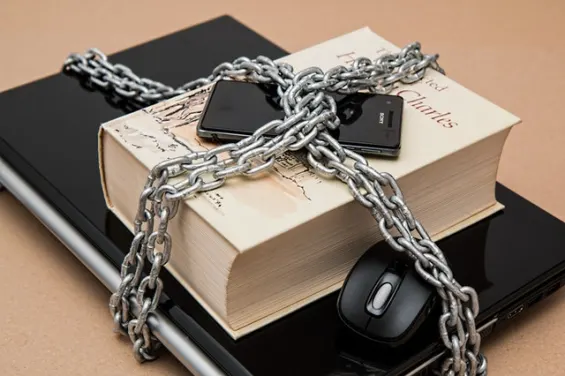
Assuming your name is John Doe and you were born in 1990, you might be tempted to set your password as ‘JohnDoe1990’, which may fulfill the password rules set by the website administrator, but that isn’t secure.
To set a strong password you need to devise your own strategy because password rules may vary from one service provider to another.
The safest way to go about it is to set passwords that make no sense and are a combination of random alphabets, numbers, and special characters.
Doing this comes with the risk of forgetting your password, but if you manage to spend some time memorizing it then the rewards are many.
For instance, you can thwart a brute force attack with just a strong password that no malicious program can guess.
Multi-factor authentication
Until PSD 2 made multi-factor authentication or 2-Factor Authentication (2FA) mandatory, very few service providers invested in this technology.
Multi-Factor authentication is the process of setting higher requirements for the authentication of a user.
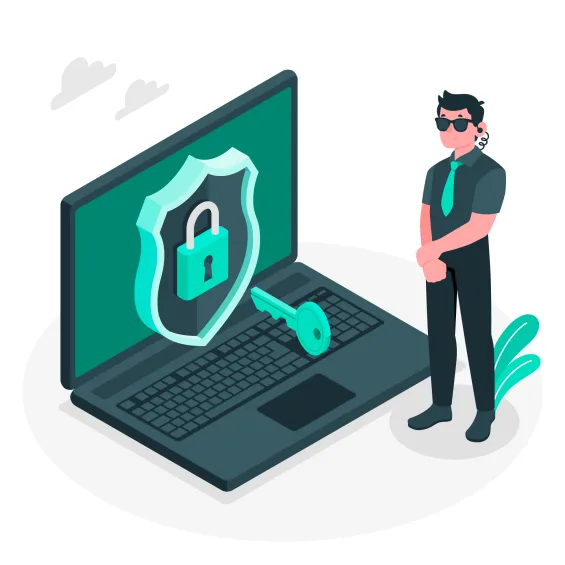
So, it is not just your banking website’s password that is required to complete the authentication process.
Along with it, you would have to enter another temporary password known as the One Time Password (OTP) sent to your registered mobile or email ID.
So, if a cybercriminal uses Brute force to crack your password, then he may not get through unless he has access to the OTP coming to your registered contact details.
Access secure websites
When you are transmitting any kind of data over the internet — whether it is your login credentials, personally identifiable details, financial information, or anything else — you must do it through secure websites.
You can identify a website’s security and validation levels by looking for security cues in the URL box of your browser. If you see a green padlock, then that indicates the presence of an active SSL certificate installed on the web server.
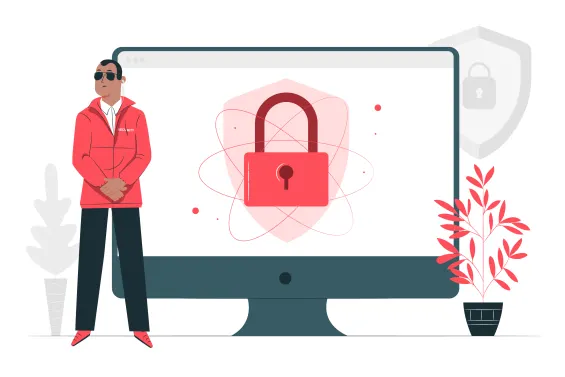
Most legit website owners get these SSL certificates from SSL2BUY and use it to encrypt the client-server communication.
This means, all the data exchanged between your browser and the web server is encrypted using cryptographic keys and is secure from cybercriminals.
Avoid potentially dangerous emails
You will be surprised to know how successful email campaigns can be in tricking targets to click on malicious links, leading to unauthorized access.
In fact, 94% of all malware is transmitted through emails with malicious links and self-executable attachments. As a matter of fact, Google receives and filters out over 100 million malicious emails related to the COVID-19 pandemic every single day.
Now, this is just one topic that cybercriminals are capitalizing on.
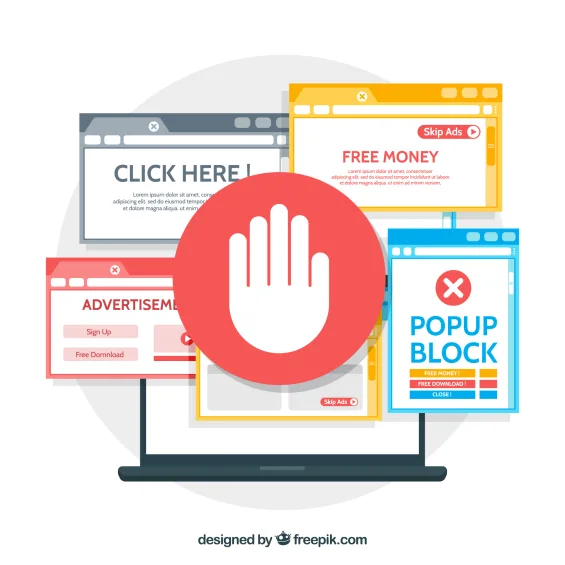
Email threat campaigns can take different forms — miracle cures, emails from WHO or CDC, instructions from a threat actor impersonating your employer, or something else.
However, the goal remains the same and that is to break into a private network or steal financial data. So, you must always be sure of where an email is coming from. You can confirm this by checking the recipient’s address to ensure their authenticity.
A common trick used by cybercriminals is website cloning, which is one of the most successful forms of email attacks. So, make it a point to read through the entire domain name before clicking on any link.
Limit your details over social media
Most password recovery processes involve confirming your personal details such as full name, date of birth, and contact details.
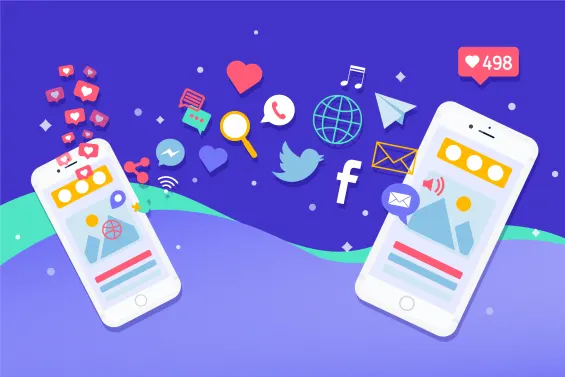
So, keeping these details off your social media can prevent many problems including exposing them to potential attackers.
Although this may mean your friends will not wish you on your birthday, it stops party crashers in their tracks.
Use the right antivirus and firewall
Although it sounds archaic, choosing the right antivirus and firewall can strengthen your overall security.
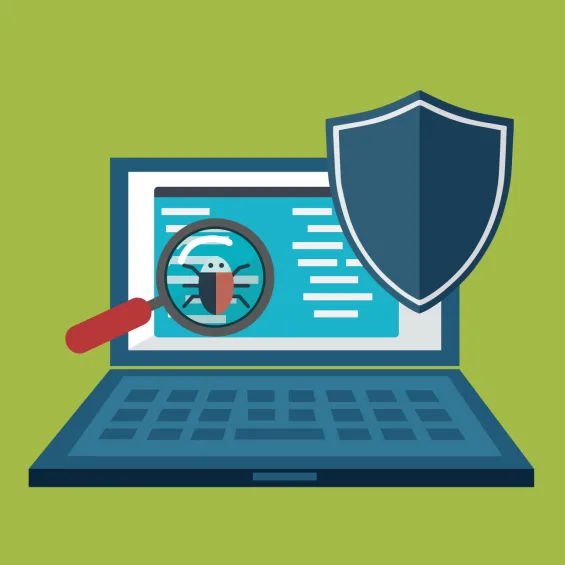
However, you must find a service provider with a highly updated antivirus system. Also, finding one that offers real-time scanning can be of great help.
Update your OS
Your operating system must be regularly updated to fix potential bugs that cybercriminals might use to gain unauthorized access. For example, Microsoft recently released an update that fixed 49 vulnerabilities in the Windows OS.
Not installing this update could leave your system vulnerable to spoofing, RDP attacks, and several other forms of cyberattacks.
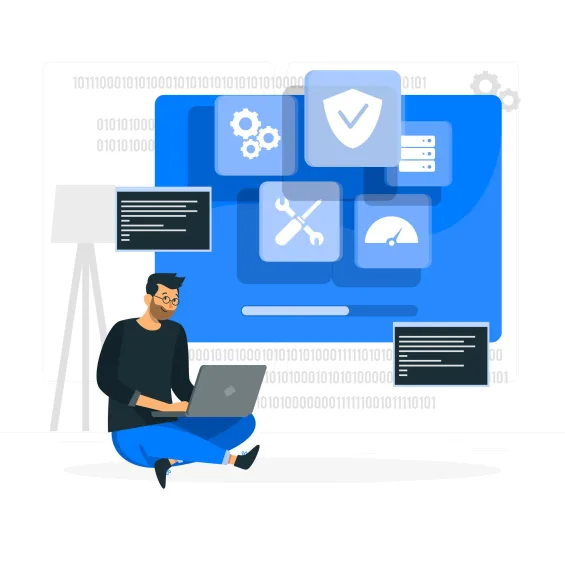
Due to the rapid increase in cybercrime, your financial information requires better planning and stricter security measures.
The above mentioned are some efficacious and easy to implement measures that do not require any special technical skills and can effectively safeguard against cybercrime.
Read Next
The following articles are related to 7 ways to keep your financial information secure online.

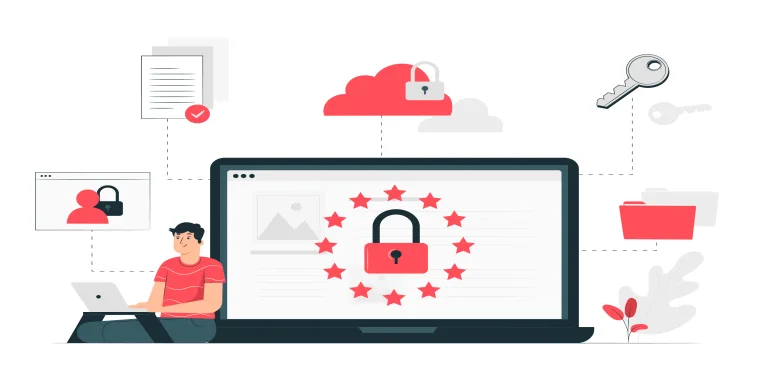









Hi, I am much happy to find new way to searching directories and forums. Thanks for sharing this deep information!